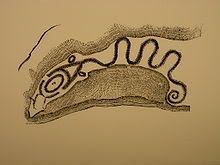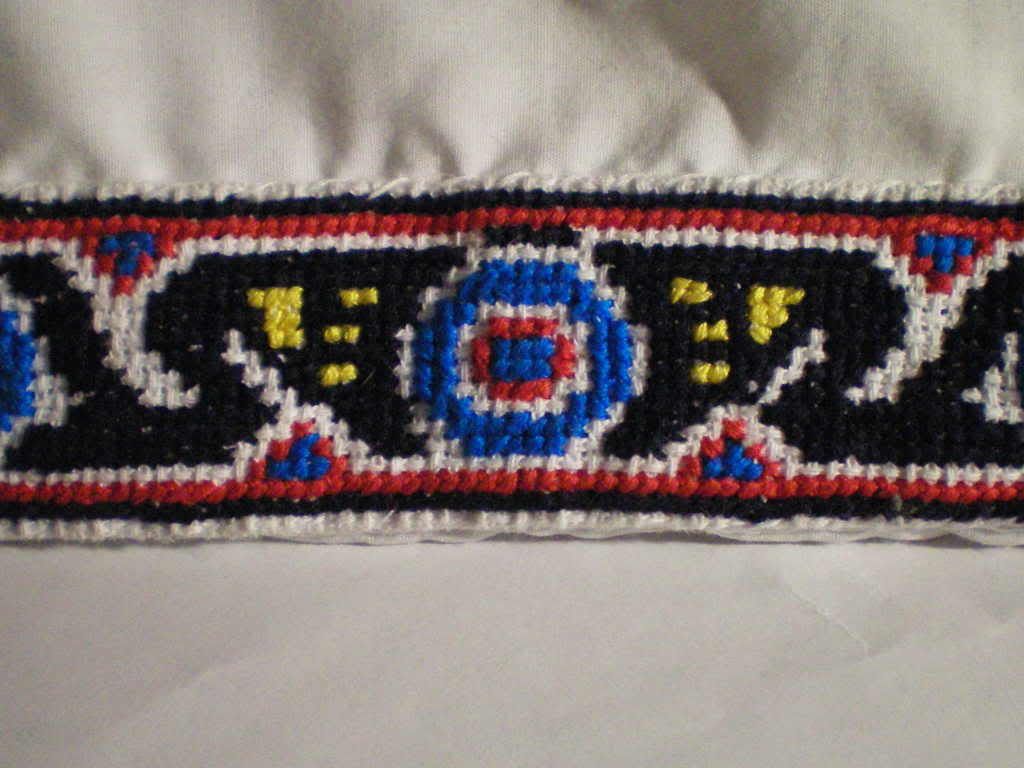 Posted: October 06, 2003 - 1:34pm EST
Posted: October 06, 2003 - 1:34pm ESTby: Rick Kearns / Correspondent / Indian Country Today
History is written by the conquerors. The Native peoples of North America know this all too well, as they are still trying to bring the truth to light. Now, their long-lost Caribbean cousins are beginning the same process.
It’s an uphill battle.
Most Puerto Ricans know, or think they know, their ethnic and racial history: a blending of Taino (Indian), Spanish and African. Students of the islands’ past have read the same account for over 300 years; that the Native people, and their societies, were killed off by the Spanish invaders by the 1600s. It was always noted though, how many of the original colonists married Taino women or had Taino concubines, producing the original mestizaje (mixture) that, when blended with African, would produce Puerto Ricans.
Those first unions, according to the conventional wisdom, explain why some Puerto Ricans have "a little bit" of Native heritage. Mainly we are Spanish, we are told, with a little African blood and far-away Taino ancestry.
But the order of that sequence will have to change.
Dr. Juan Martinez Cruzado, a geneticist from the University of Puerto Rico Mayaguez who designed an island-wide DNA survey, has just released the final numbers and analysis of the project, and these results tell a different story.
According to the study funded by the U.S. National Science Foundation, 61 percent of all Puerto Ricans have Amerindian mitochondrial DNA, 27 percent have African and 12 percent Caucasian. (Nuclear DNA, or the genetic material present in a gene’s nucleus, is inherited in equal parts from one’s father and mother. Mitochondrial DNA is inherited only from one’s mother and does not change or blend with other materials over time.)
In other words a majority of Puerto Ricans have Native blood.
"Our study showed there was assimilation," Martinez Cruzado explained, "but the people were not extinguished. Their political and social structure was but the genes were not.
"The people were assimilated into a new colonial order and became mixed … but that’s what Puerto Ricans are: Indians mixed with Africans and Spaniards," he asserted.
"There has been an under-estimation of the Amerindian heritage of Puerto Rico, much larger than most historians will admit," he said.
Martinez Cruzado cited the historical descriptions of life in Puerto Rico during the 17th and 18th centuries as an example.
"These accounts describe many aspects that are totally derived from Taino modus vivendi, not just the hammocks but the way they fished, their methods of farming, etc.," he related. "It is clear that the influence of Taino culture was very strong up to about 200 years ago. If we could conduct this same study on the Puerto Ricans from those times, the figure would show that 80 percent of the people had Indian heritage."
Another historical moment that should receive more attention involves the story of a group of Tainos who, after 200 years of absence from official head-counts, appeared in a military census from the 1790s. In this episode, a colonial military census noted that all of a sudden there were 2,000 Indians living in a northwestern mountain region. "These were Indians who the Spanish had placed on the tiny island of Mona (just off the western coast of Puerto Rico) who survived in isolation and then were brought over," Martinez Cruzado said. "They became mixed but there were many Indians who survived but eventually mixed with the Africans and Spaniards. These Mona Tainos must have had a further influence as well".
Martinez Cruzado noted how many customs and history were handed down through oral tradition. To this day on the island, there are many people who use medicinal plants and farming methods that come directly from the Tainos.
This is especially true of the areas once known as Indieras, or Indian Zones.
He also pointed out that most of these Native traditions probably do come from the Tainos, the Native people who appeared on the island circa 700 AD. But there were other waves of migrations to Puerto Rico and the entire Caribbean area.
Through the extensive study of the Puerto Rican samples, Martinez Cruzado and his team have found connections between island residents and Native peoples who arrived before and after the Tainos. He pointed out how a few of the samples can be traced back 9,000 years from ancient migrations, while others correspond to the genetic makeup of Native peoples of the Yucatan, Hispaniola, Margarita Island and Brazil among others. These latter genetic trails point to the presence of other Native peoples who were probably brought to the island as slaves from other Spanish or Portuguese colonies after the 1600s.
While island scholars will have much work to do to catch up with these "new" facts, the genetic detective work for Martinez Cruzado is also far from finished. As word spread of the remarkable survey, other scholars from the Dominican Republic, Cuba and Venezuela began to invite the Puerto Rican scientist to present his findings. They also want him to assist in similar projects in their respective countries.
"We started a very similar survey in the Dominican Republic last year," he stated. "And archaeologists from Venezuela and Cuba have invited me to do the same and I intend to go … I hope to have a proposal ready to collect samples in both of those countries and do a Caribbean-wide study. They already have evidence of migrations from both sides, north and south."
In the meantime, while Martinez Cruzado and his colleagues will focus on the history of Pre-Columbian migrations, people in the current Taino restoration movement (such as Nacion Taina, The Jatibonicu Taino Tribal Nation of Boriken, Taino Timucua Tribal Council, the United Confederation of Taino People, and others) are hoping that many of their compatriots reflect on the following quote: "The DNA story shows that the official story was wrong," Martinez Cruzado said. "This means a much larger Amerindian inheritance for Puerto Ricans."
And if some folks in the Dominican Republic and Cuba are right, the same will hold true for their histories.
Issues in Caribbean Amerindian Studies
(Occasional Papers of the Caribbean Amerindian Centrelink)
Vol. V, No. 2, Jun 2003 - Jun 2004.
Article found at Centrelink



















